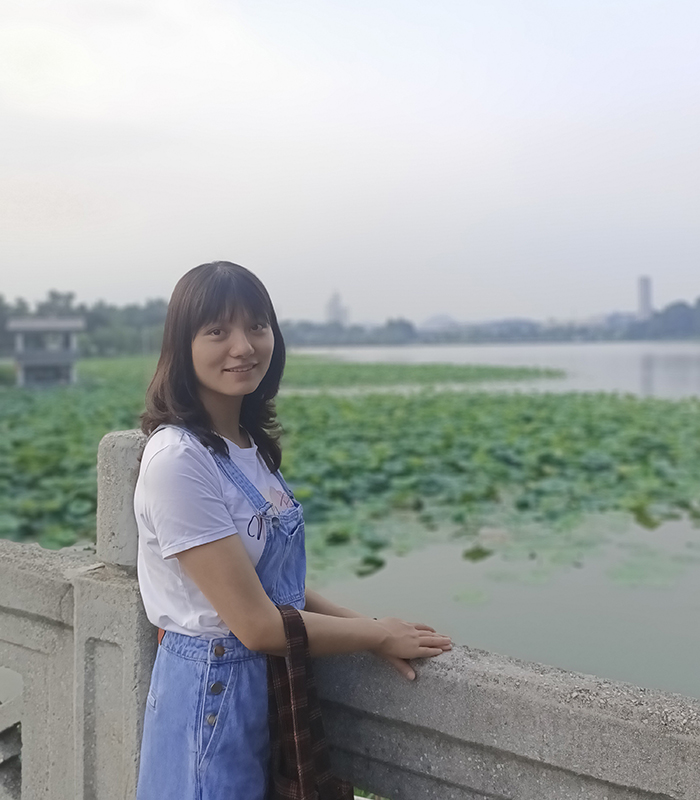万国强实验室
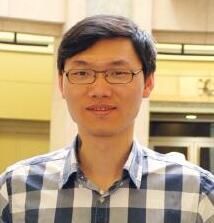
PI简介:
万国强博士分别与2004年和2011年于新加坡国立大学获得学士和博士学位。2011年加入哈佛医学院和波士顿儿童医院的Gabriel Corfas教授实验室进行博士后训练,并于2014年随Corfas实验室搬至密歇根大学继续从事博士后研究。万博士于2016年加入南京大学模式动物研究所。实验室的主要科研方向是听觉相关细胞和微结构的再生和听力的恢复。
联系方式:
办公室:025-58641594
实验室:02558641544
研究所邮箱:wangq at nicemice.cn
实验室:02558641544
研究所邮箱:wangq at nicemice.cn
研究方向:
听觉是人类最重要的感官之一,听力损失影响着4.66亿的世界人口。我们实验室致力于揭示听觉感音细胞的发育、退化和再生机制,开发治疗听觉损伤的新方法。实验室的主要研究方向包括:
1、遗传性耳聋的基因与致病机制
2、听觉毛细胞与神经元的发育与再生
3、耳蜗类器官模型和应用
代表性论文(#第一作者; *通讯作者)
-
1 Zhu, G. J., Huang, Y., Zhang, L., Yan, K., Qiu, C., He, Y., Liu, Q., Zhu, C., Morín, M., Moreno-Pelayo, M. Á., Zhu, M. S., Cao, X., Zhou, H., Qian, X., Xu, Z., Chen, J., Gao, X., & Wan, G. (2023). Cingulin regulates hair cell cuticular plate morphology and is required for hearing in human and mouse. EMBO molecular medicine, 15(11), e17611.
-
2 - Yu, C., Gao, H.M., and Wan, G. (2021). Macrophages Are Dispensable for Postnatal Pruning of the Cochlear Ribbon Synapses. Front Cell Neurosci, doi: 10.3389/fncel.2021.736120.
-
3 - Chen, Z., Huang, Y., Yu, C., Liu, Q., Qiu, C., and Wan, G. (2021). Cochlear Sox2+ glial cells are potent progenitors for spiral ganglion neuron reprogramming induced by small molecules. Front Cell Dev Biol, 9:728352.
-
4 - Liu, Q., Zhang, L., Zhu, M.S., and Wan, G. (2021). High-throughput screening on cochlear organoids identifies VEGFR-MEK-TGFB1 signaling promoting hair cell reprogramming. Stem Cell Rep, 16:2257-2273.
-
5 - Zhu, G.J.*, Gong, S.*, Ma, D.B.*, Tao, T.*, He, W.Q.*, Zhang, L., Wang, F., Qian, X.Y., Zhou, H., Fan, C., Wang, P., Chen, X., Zhao, W., Sun, J., Chen, H., Wang, Y., Gao, X., Zuo, J., Zhu, M.S.#, Gao, X.#, and Wan, G.# (2020). Aldh inhibitor restores auditory function in a mouse model of human deafness. PLOS Genet, 16(9):e1009040.
-
6 - Du, H.*, Ye, C.*, Wu, D.*, Zang, Y.Y., Zhang, L., Chen, C., He, X.Y., Yang, J.J., Hu, P., Xu, Z., Wan, G.#, and Shi, Y.S.# (2020). The cation channel TMEM63B is an osmosensor required for hearing. Cell Rep, 31(5):107596.
Recommendation: Tobias Moser, Faculty Opinions, Very good. - Du, H.*, Ye, C.*, Wu, D.*, Zang, Y.Y., Zhang, L., Chen, C., He, X.Y., Yang, J.J., Hu, P., Xu, Z., Wan, G.#, and Shi, Y.S.# (2020). The cation channel TMEM63B is an osmosensor required for hearing. Cell Rep, 31(5):107596.
-
7 - Kohrman, D.C.*, Wan, G.*, Cassinotti, L.*, and Corfas, G. (2020). Hidden Hearing Loss: A Disorder with Multiple Etiologies and Mechanisms. Cold Spring Harb Perspect Med, 10(1):a035493.
-
8 - Wan, G.*,#, Ji, L.*, Schrepfer, T., Gong, S., Wang, G.P., and Corfas G.# (2019). Synaptopathy as a Mechanism for Age-Related Vestibular Dysfunction in Mice. Front Aging Neurosci, 11:156.
-
9 - Wan, G.#, and Corfas, G.# (2017). Transient auditory nerve demyelination as a new mechanism for hidden hearing loss. Nat Commun, 8, 14487.
Recommendation: Brain Popko, Faculty Opinions, Very good. - Wan, G.#, and Corfas, G.# (2017). Transient auditory nerve demyelination as a new mechanism for hidden hearing loss. Nat Commun, 8, 14487.
-
10 - Long, P.*, Wan, G.*, Roberts, M,T., and Corfas, G. (2017). Myelin development, plasticity, and pathology in the auditory system. Dev Neurobiol, 78 (2), 80-92.
-
11 - Wan, G., and Corfas, G. (2015). No longer falling on deaf ears: mechanisms of degeneration and regeneration of cochlear ribbon synapses. Hear Res, 329, 1-10.
-
12 - Wan, G., Gómez-Casati, M.E., Gigliello, A.R., Liberman, M.C., and Corfas, G. (2014). Neurotrophin-3 regulates ribbon synapse density in the cochlea and induces synapse regeneration after acoustic trauma. eLife, 3, e03564.
Commentary: Cunningham, L.L., and Tucci, D.L. (2015). Restoring synaptic connections in the inner ear after noise damage. N Engl J Med, 372(2), 181-182. - Wan, G., Gómez-Casati, M.E., Gigliello, A.R., Liberman, M.C., and Corfas, G. (2014). Neurotrophin-3 regulates ribbon synapse density in the cochlea and induces synapse regeneration after acoustic trauma. eLife, 3, e03564.
-
13 - Mellado Lagarde, M.M.*, Wan, G.*, Zhang, L., Gigliello, A.R., McInnis, J.J., Zhang, Y., Bergles, D.E., Zuo, J.#, and Corfas, G.# (2014). Spontaneous regeneration of cochlear supporting cells after neonatal ablation ensures hearing in the adult mouse. Proc Natl Acad Sci USA, 111(47), 16919-24.
Editor’s Choice: Kiberstis, P.A. (2014). Supporting cells take on a starring role. Science, 346(6214), 1197. - Mellado Lagarde, M.M.*, Wan, G.*, Zhang, L., Gigliello, A.R., McInnis, J.J., Zhang, Y., Bergles, D.E., Zuo, J.#, and Corfas, G.# (2014). Spontaneous regeneration of cochlear supporting cells after neonatal ablation ensures hearing in the adult mouse. Proc Natl Acad Sci USA, 111(47), 16919-24.
| 基金种类 | 基金项目名称 |
|---|---|
| 国家自然科学基金 82171138 | 小分子药物和转录因子促进螺旋神经元再生的机制研究 |
| 国家自然科学基金 81970888 | 基于内耳类器官模型研究毛细胞发育和再生的分子机制 |
| 国家自然科学基金 31771153 | 神经营养因子促进听神经带状突触再生和听力恢复的机制研究 |
硕士研究生
博士研究生
硕士毕业生
联合培养博士后
博士毕业生 (2017年以后)
-
赵晔 yezhao@smail.nju.edu.cn
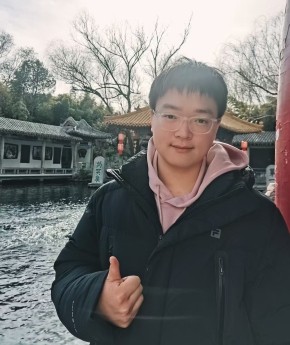
-
王舒 wangshu20190901@163.com
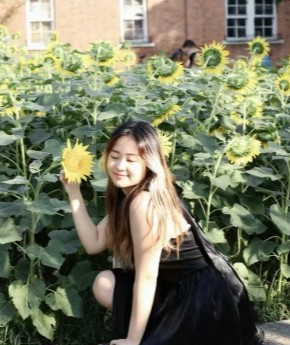
-
郭元宁 502023350011@smail.nju.edu.cn

-
王欣雨 502023350037@smail.nju.edu.cn
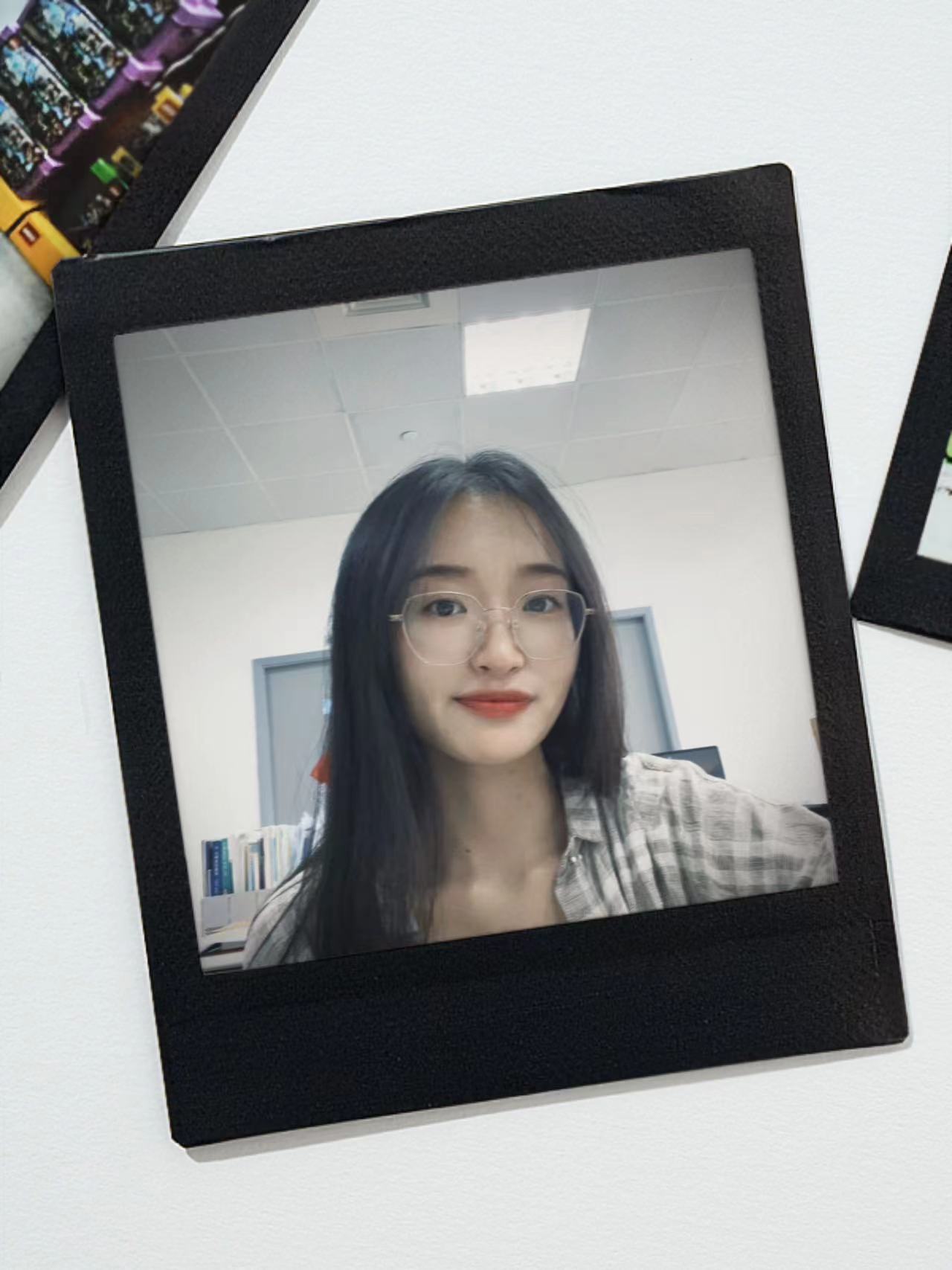
-
王子阳 wzy@smail.nju.edu.cn
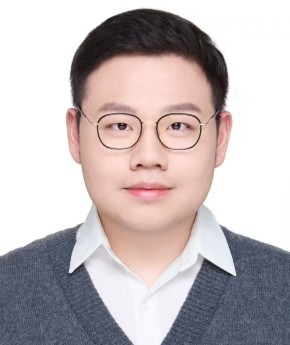
-
刁予希 diaoyuxi@smail.nju.edu.cn

-
雍晨轩 yongcx@nicemice.cn
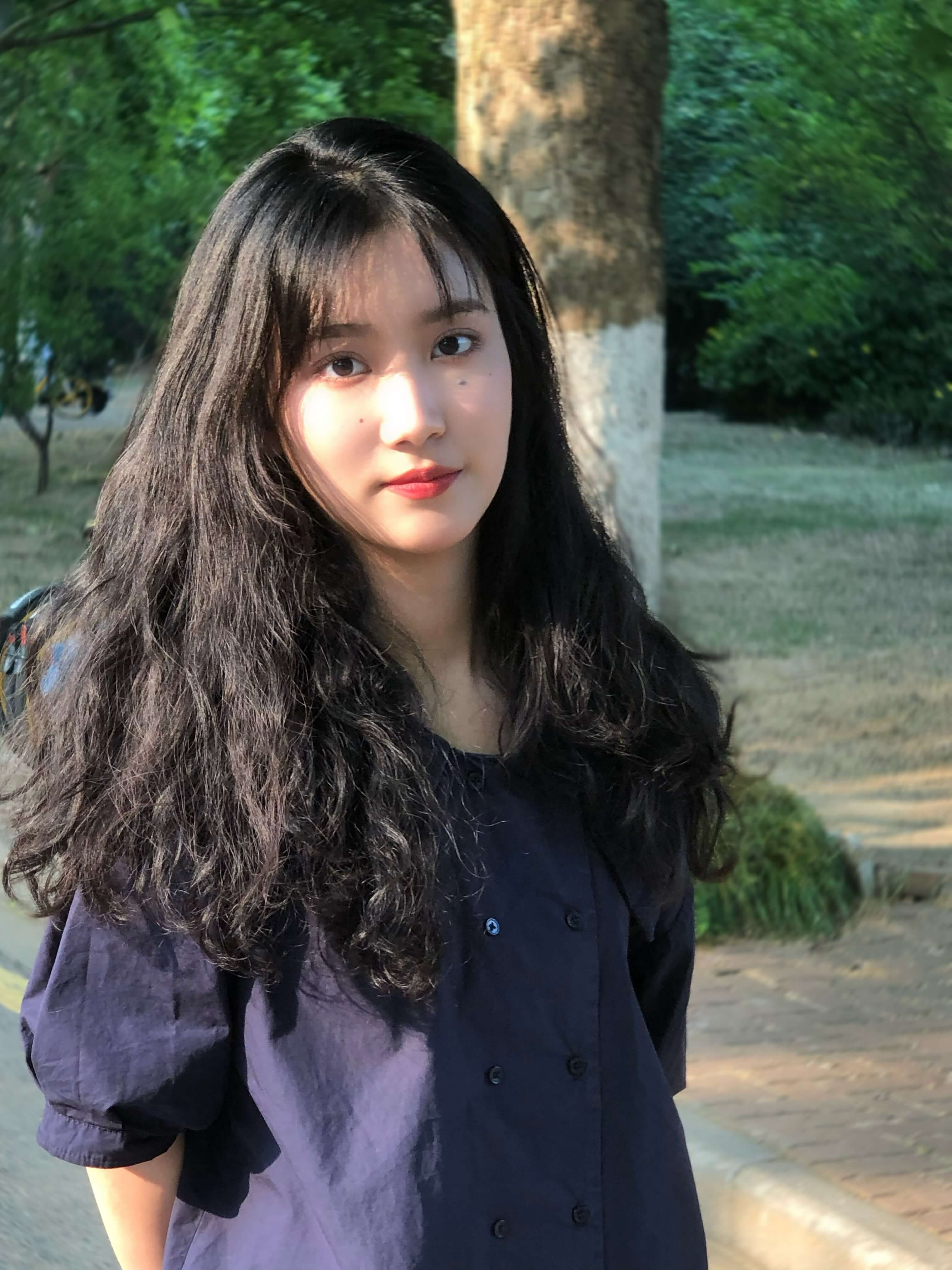
-
范文雅 fanwy@nicemice.cn

-
余天哲 yutz@nicemice.cn
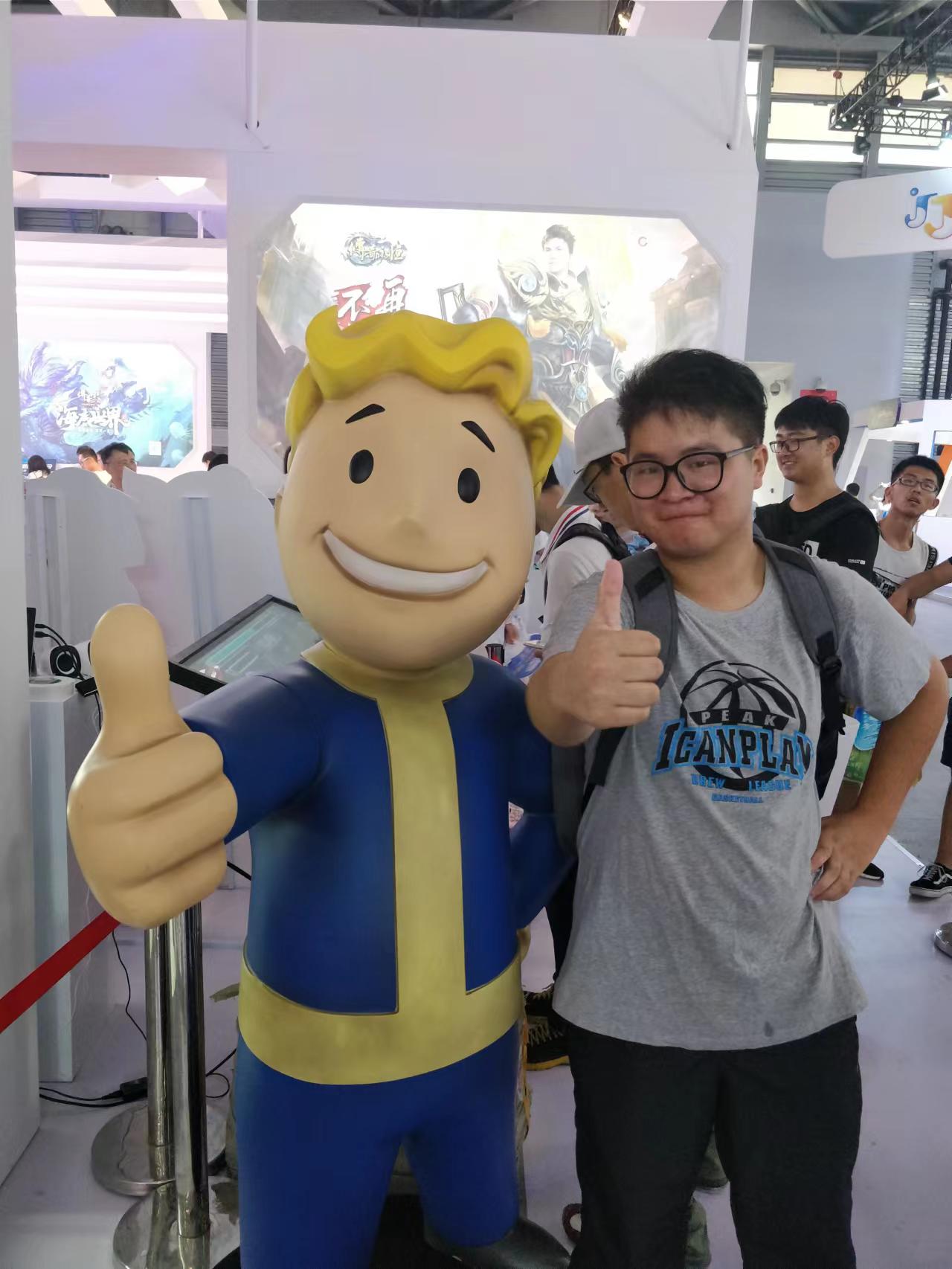
-
孙月岑 sunyc@nicemice.cn
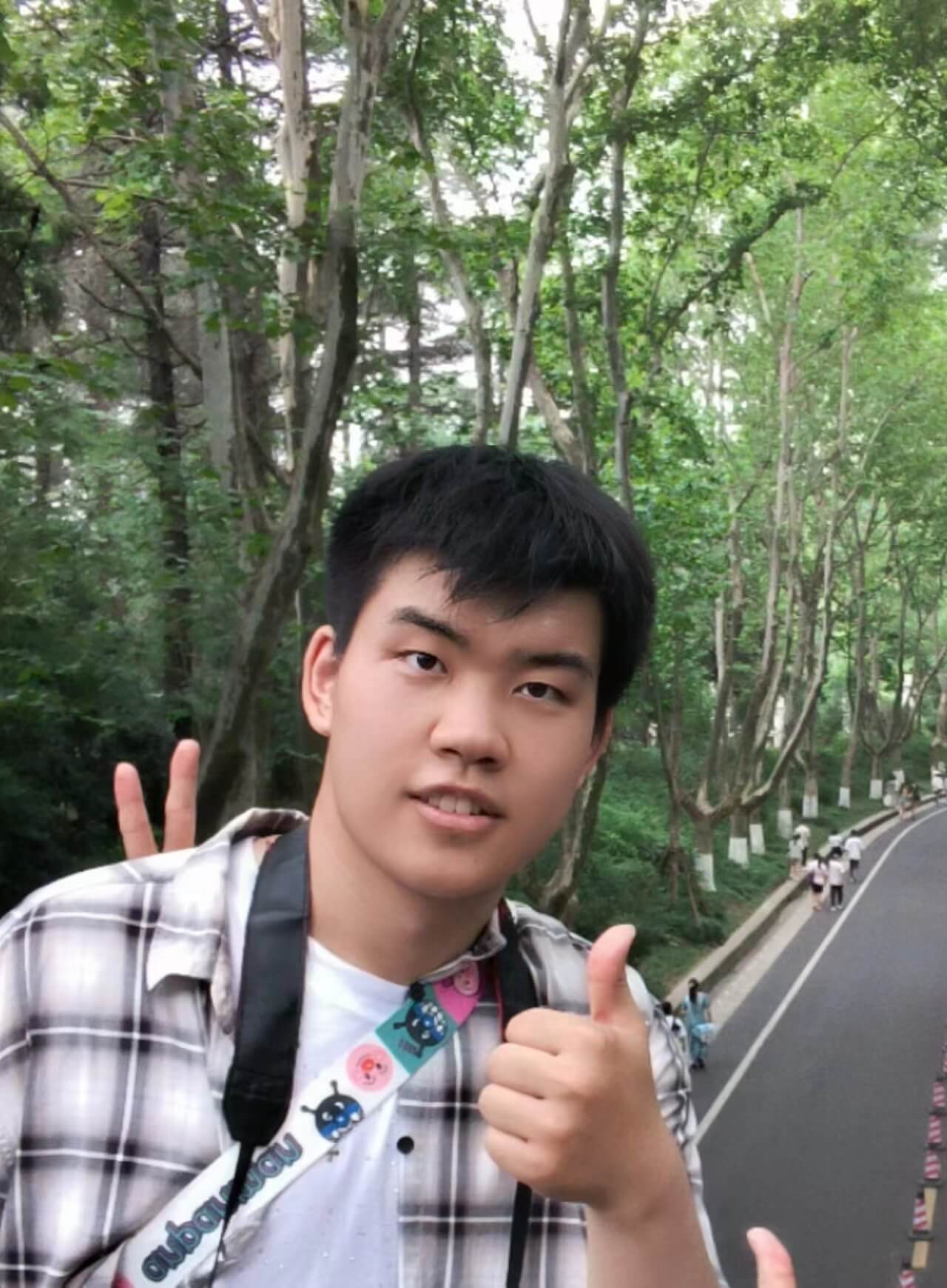
-
贺一涵 heyh@nicemice.cn

-
柳晴 liuqing@nicemice.cn

-
柳晴 luqing@nicemice.cn

-
龚思皓 gongsh@nicemice.cn
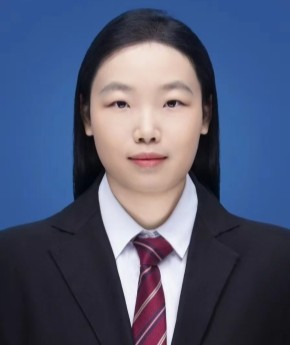
-
裘翠 qiucui@nicemice.cn
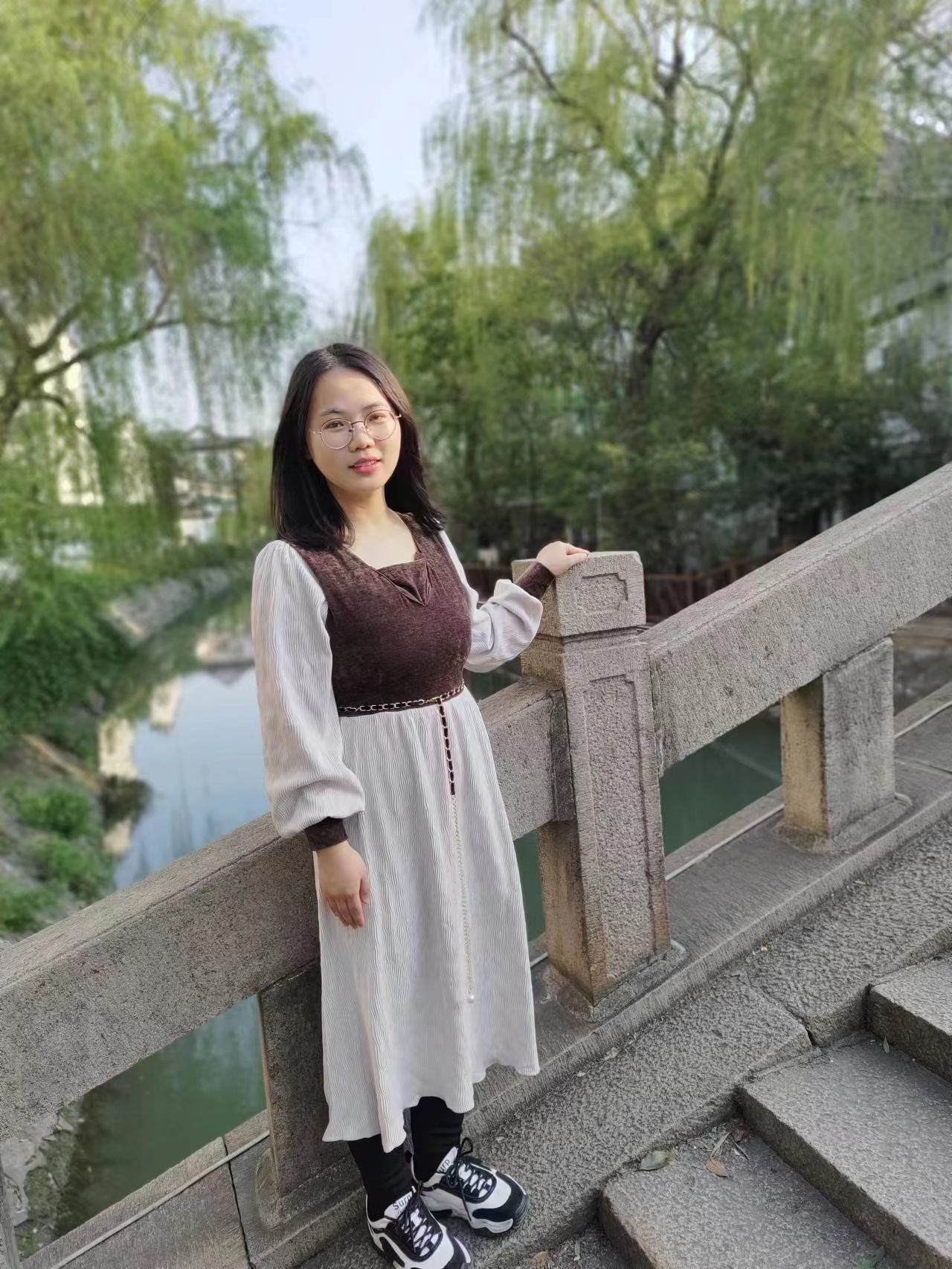
-
余朝荣 yucr@nicemice.cn
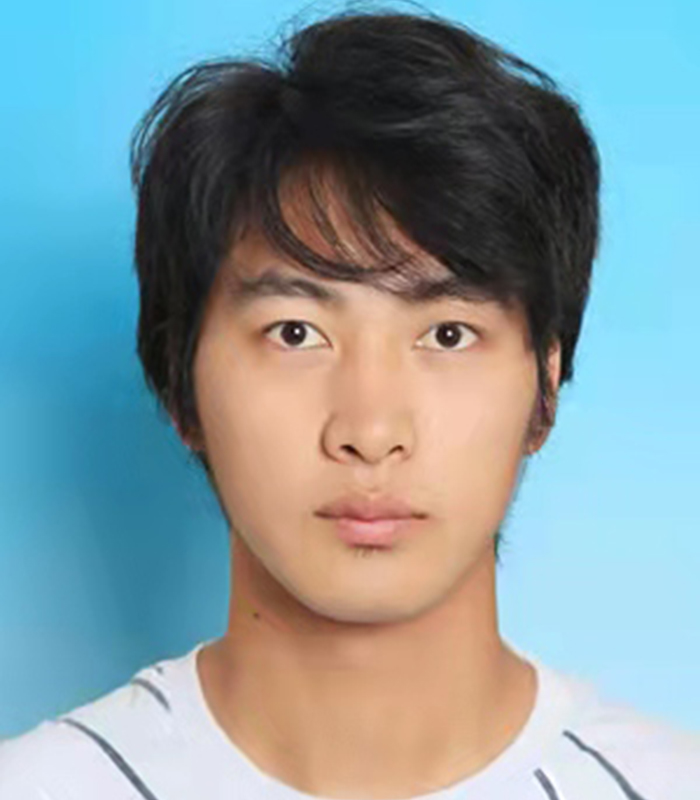
-
黄宇航 huangyh@nicemice.cn

-
陈震 chenzhen@nicemice.cn
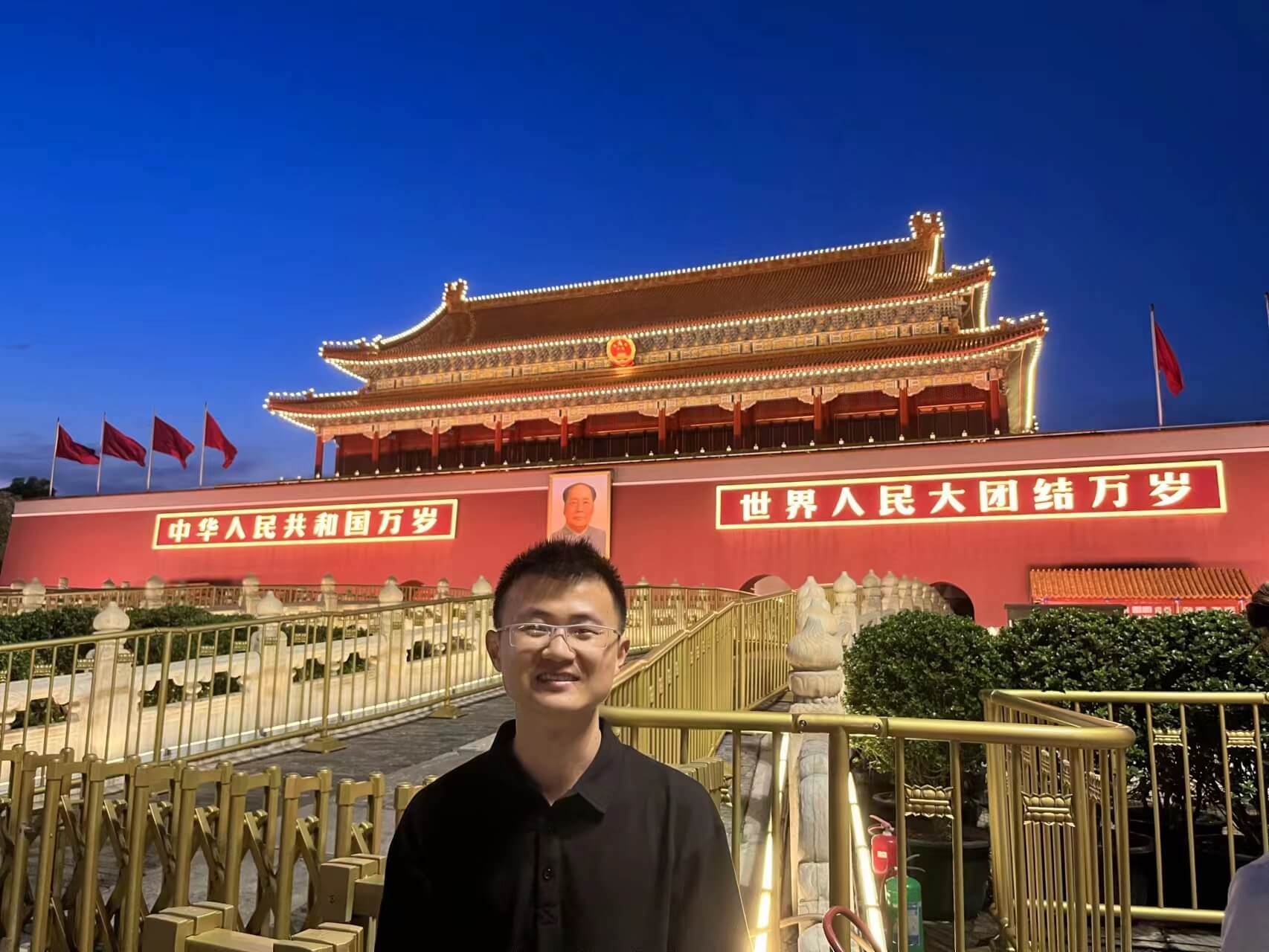
-
张琳晴 zhanglq@nicemice.cn
